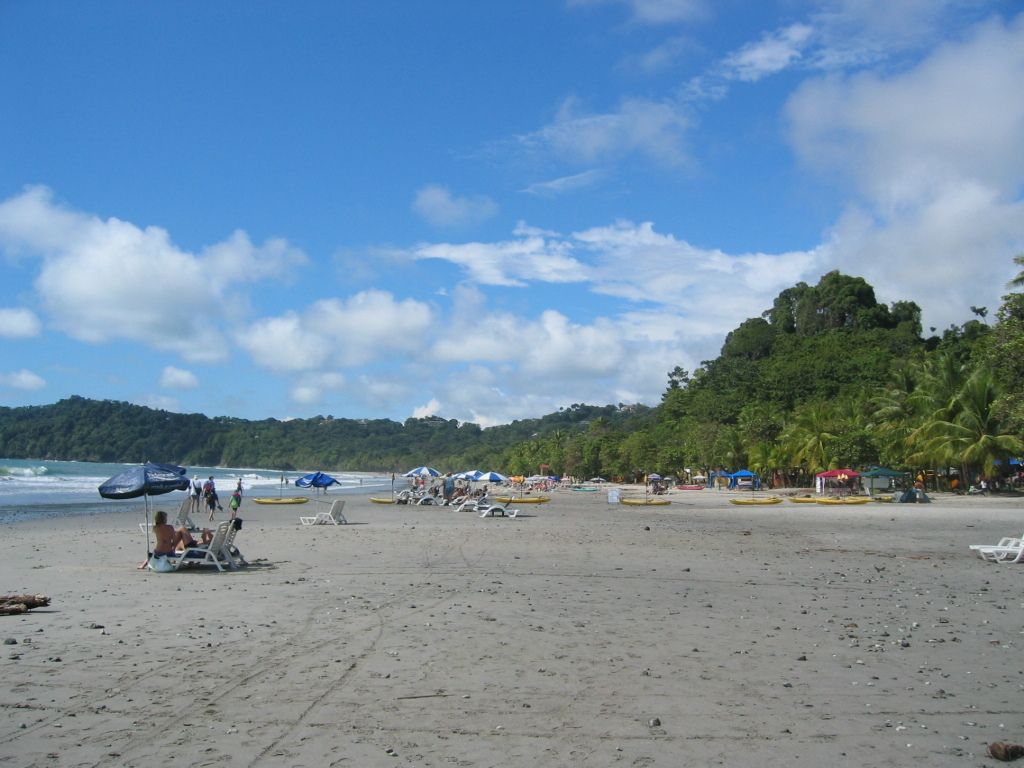Unraveling the Complexity of Sustaining Artificial Intelligence
In a Data-Hungry World
Artificial intelligence (AI) and cloud computing have become essential in our daily lives, hidden behind the scenes when we stream videos, bank online, or perform searches. But these services rely on vast networks of data centers, consuming immense amounts of electricity. With a sudden surge in demand, these centers present a daunting challenge for the technology and energy industries, policymakers, and everyday consumers.
Data centers in the United States alone consumed over 4% of the country's total electricity in 2023, a figure that could reach as high as 9% by 2030 according to the Electric Power Research Institute. A single large data center can match the energy consumption of 50,000 homes.
To power these data centers, companies are considering surprising solutions: building small nuclear plants near their facilities, even reviving dormant nuclear reactors. The hurried demand for power is already causing delays in planned coal plant closures and pushing up residential energy prices. Meeting this relentless energy demand is straining power grids, threatening the transition to clean energy needed to combat climate change.
Researchers at MIT’s Energy Initiative (MITEI) are grappling with multiple facets of this problem, from power sourcing to grid improvements to efficiency-boosting analytics. Here are key challenges they are focusing on:
An abrupt leap in electricity demand
"In the past, computing was not a significant user of electricity," says William H. Green, director of MITEI and the Hoyt C. Hottel Professor in the MIT Department of Chemical Engineering. "Now, all of a sudden, computing requires a massive, unforeseen share of electricity." The surprising surge in data center demand is challenging conventional power generation and distribution systems.
Grid constraints and limitations
Getting the electricity to the right places might be as tricky as generating it. "The grid is a complex, network-wide operation, notes Deepjyoti Deka, a MITEI research scientist. "Due to constraints in transmission capacity and interconnection delays, expanding the grid to cope with this sudden surge in demand is a slow process."
Clean energy sources
With companies pledging to achieve net-zero carbon emissions in the next decade, finding clean energy alternatives for data centers may prove challenging. Although some hyperscalers (such as Google, Microsoft, and Amazon) are signing power purchase agreements, these may not suffice when faced with the energy-intensive demands of data centers. Fossil fuel-powered plants are still needed, delaying the shift to renewable energy and reversing climate change efforts.
Considering these challenges, nuclear power and cutting-edge technologies are being looked at as potential solutions. Nuclear reactors, like those being revived by Microsoft and Amazon, can deliver large amounts of reliable power without interruptions. Other companies, like Google, are eyeing small modular nuclear reactors (SMRs) and new technologies, such as next-generation geothermal projects and fusion power plants.
Yet another approach involves reducing electricity demand by implementing energy efficiency measures and optimizing algorithms. Delaying or shifting computing tasks to low-power periods or regions could also help meet the demand for clean energy.
On a local level, the arrival of data centers raises concerns for residents, who may face increased electricity costs, unreliable services, and transmission line placement issues. As the race for clean power solutions continues, it's crucial to ensure that residential consumers are not unfairly burdened.
MITEI researchers are investigating various solutions, including architectural designs for natural ventilation, energy-efficient cooling systems, and novel analytical tools for assessing the impact of data center deployment. By exploring these options, scientists and engineers aim to meet the unprecedented rise in energy demand while furthering the shift towards a decarbonized energy system.
- Artificial intelligence and cloud computing's reliance on vast networks of data centers necessitates a significant amount of clean energy, a concern especially as the demand surges.
- The electricity consumption of a single large data center can equal that of 50,000 homes, making it a daunting challenge for the technology and energy industries.
- To meet the rising energy demand, companies are contemplating unconventional solutions, including building small nuclear plants near data centers and reviving dormant nuclear reactors.
- The surge in data center demand is challenging conventional power generation and distribution systems, requiring innovation in power sourcing, grid improvements, and efficiency-boosting analytics.
- Policymakers are facing the complex task of expanding the grid to cope with the sudden surge in demand while ensuring clean energy alternatives, such as renewable energy sources, are utilized.
- With the pledge of net-zero carbon emissions in the next decade, finding clean energy alternatives for data centers presents challenges, as power purchase agreements may not suffice to meet the energy-intensive demands.
- Apart from nuclear power and cutting-edge technologies, reducing electricity demand through energy efficiency measures and optimizing algorithms is being considered as a potential solution to lessen the energy consumption of data centers.
- Faculty members at MIT’s Energy Initiative are studying architectural designs for natural ventilation, energy-efficient cooling systems, and novel analytical tools for assessing the impact of data center deployment as possible solutions to the unprecedented energy demand.
- As the transition to clean energy continues, the public policy should ensure that residential consumers are not unfairly burdened with increased electricity costs, unreliable services, or transmission line placement issues due to the arrival of data centers in their localities.
- The news of data-and-cloud computing's impact on climate change, environmental science, and sustainability has sparked interest in data-hungry industries, prompting research in computing, science, and engineering to address the challenges presented by the soaring energy demand.




